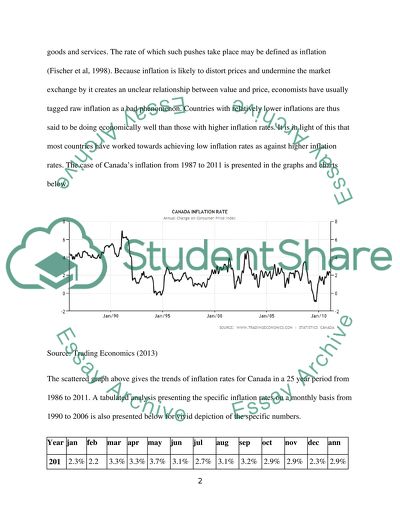Cite this document
(“Selecting a macroeconomic variable for a country and explaining its Essay”, n.d.)
Selecting a macroeconomic variable for a country and explaining its Essay. Retrieved from https://studentshare.org/macro-microeconomics/1468052-selecting-a-macroeconomic-variable-for-a-country
Selecting a macroeconomic variable for a country and explaining its Essay. Retrieved from https://studentshare.org/macro-microeconomics/1468052-selecting-a-macroeconomic-variable-for-a-country
(Selecting a Macroeconomic Variable for a Country and Explaining Its Essay)
Selecting a Macroeconomic Variable for a Country and Explaining Its Essay. https://studentshare.org/macro-microeconomics/1468052-selecting-a-macroeconomic-variable-for-a-country.
Selecting a Macroeconomic Variable for a Country and Explaining Its Essay. https://studentshare.org/macro-microeconomics/1468052-selecting-a-macroeconomic-variable-for-a-country.
“Selecting a Macroeconomic Variable for a Country and Explaining Its Essay”, n.d. https://studentshare.org/macro-microeconomics/1468052-selecting-a-macroeconomic-variable-for-a-country.


